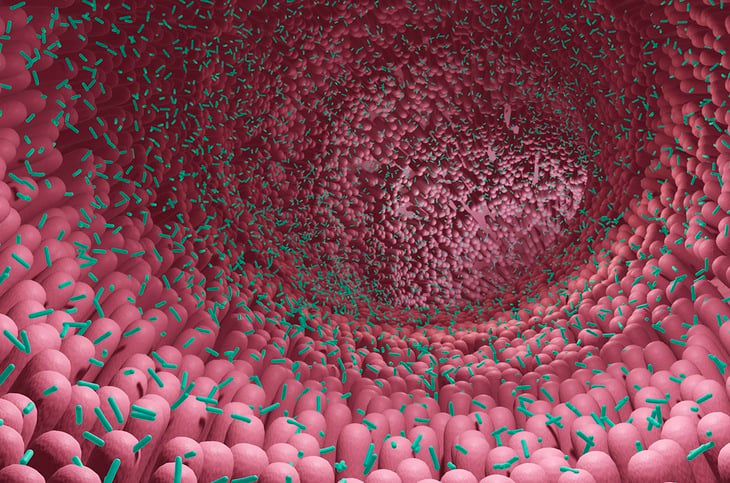
A strange genetic entity, smaller than a virus, lacking a protein shell and carrying genetic information, is called an obelisk, prompting scientists to reconsider: what is life? - Photo: ARTUR PLAWGO/Science
The strange entity, called an obelisk, was initially discovered in human gut microbiota genetic data and reported as a prepublication in 2024 by a research team at Stanford University. However, at that time, the discovery only noted the existence of obelisks in the human gut, so it didn't really generate much attention.
It wasn't until recently, when scientists conducted further analysis and found obelisks in the oral cavity, that attention truly exploded. This discovery led to the hypothesis that obelisks may be far more common than initially thought and could have been "living with" us for millions of years without anyone knowing.
Obelisk: A bizarre organism that lies between a virus and a viroid.
Scientists describe obelisks as single-stranded circular RNA segments, approximately 1,000 base units long, much smaller than typical viruses. They lack a protective envelope, which distinguishes them from most viruses.
However, unlike viroids (a previously known form of simple RNA), obelisks contain at least one or two genes capable of encoding proteins. This makes them an intermediate form of life, previously undescribed in modern biology.
Professor Ed Feil, an evolutionary microbiology expert at the University of Bath (UK), said: "Obelisks are circular RNA segments that can self-assemble into rod-like structures and have the potential to influence the host's genetic activity."
Analyzing data from millions of bacterial gene sequences living in the human body, the Stanford research team found nearly 30,000 different types of obelisk, spread across the globe.
Of these, 7% of human gut bacteria contain obelisk. More than 50% of human oral bacteria have also been found to contain obelisk.
Notably, obelisks located in different parts of the body have very different gene sequences, suggesting a high potential for diversity and evolution.
Researchers believe obelisks may have lived alongside humans for millions of years without ever being discovered. This is unbelievable in the age of modern genetic technology.
Are they friends or enemies?
Currently, there is no evidence to suggest that obelisks are harmful to human health. However, because they live inside bacteria, scientists are interested in the possibility that obelisks could alter the gene activity of host bacteria, thereby indirectly affecting human health, such as immunity, digestion, or even inflammatory diseases.
"The more we observe, the crazier things we see in the microscopic world ," cell biologist Mark Peifer (University of North Carolina) shared in the journal Science.
In biology, an organism is considered "living" if it can replicate, evolve, and interact with its environment. Viruses have long been a subject of debate because they cannot replicate on their own without a host cell. But obelisks are even simpler: they have no envelope, are very small, yet carry coding genes.
This leads to a big question: Can viruses evolve from obelisks, or are obelisks the final degenerate stage of a primitive virus?
Obelisk is proof that science is still on the verge of great discoveries . The human body is not only home to thousands of beneficial bacteria, but also contains genetic entities that have never been named.
This discovery is significant not only from a biological standpoint, but also lays the foundation for further research in the fields of medicine, immunology, and even the philosophy of life, where the question "what is life?" needs to be rewritten once again.
Source: https://tuoitre.vn/phat-hien-thuc-the-bi-an-trong-mieng-va-ruot-nguoi-20250805062210183.htm




![[Photo] Prime Minister Pham Minh Chinh presides over a meeting on private sector economic development.](/_next/image?url=https%3A%2F%2Fvphoto.vietnam.vn%2Fthumb%2F1200x675%2Fvietnam%2Fresource%2FIMAGE%2F2025%2F12%2F20%2F1766237501876_thiet-ke-chua-co-ten-40-png.webp&w=3840&q=75)







































































































Comment (0)